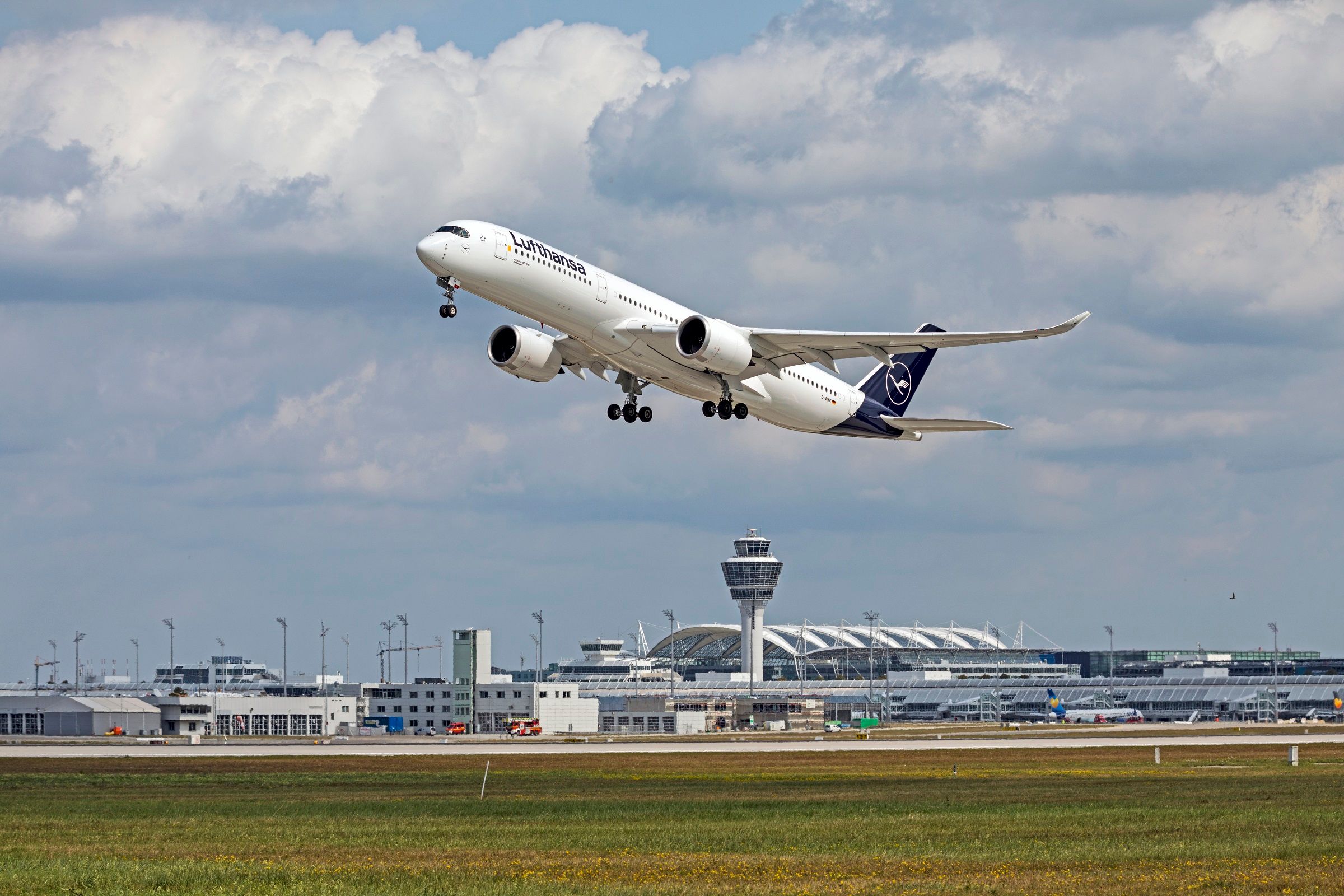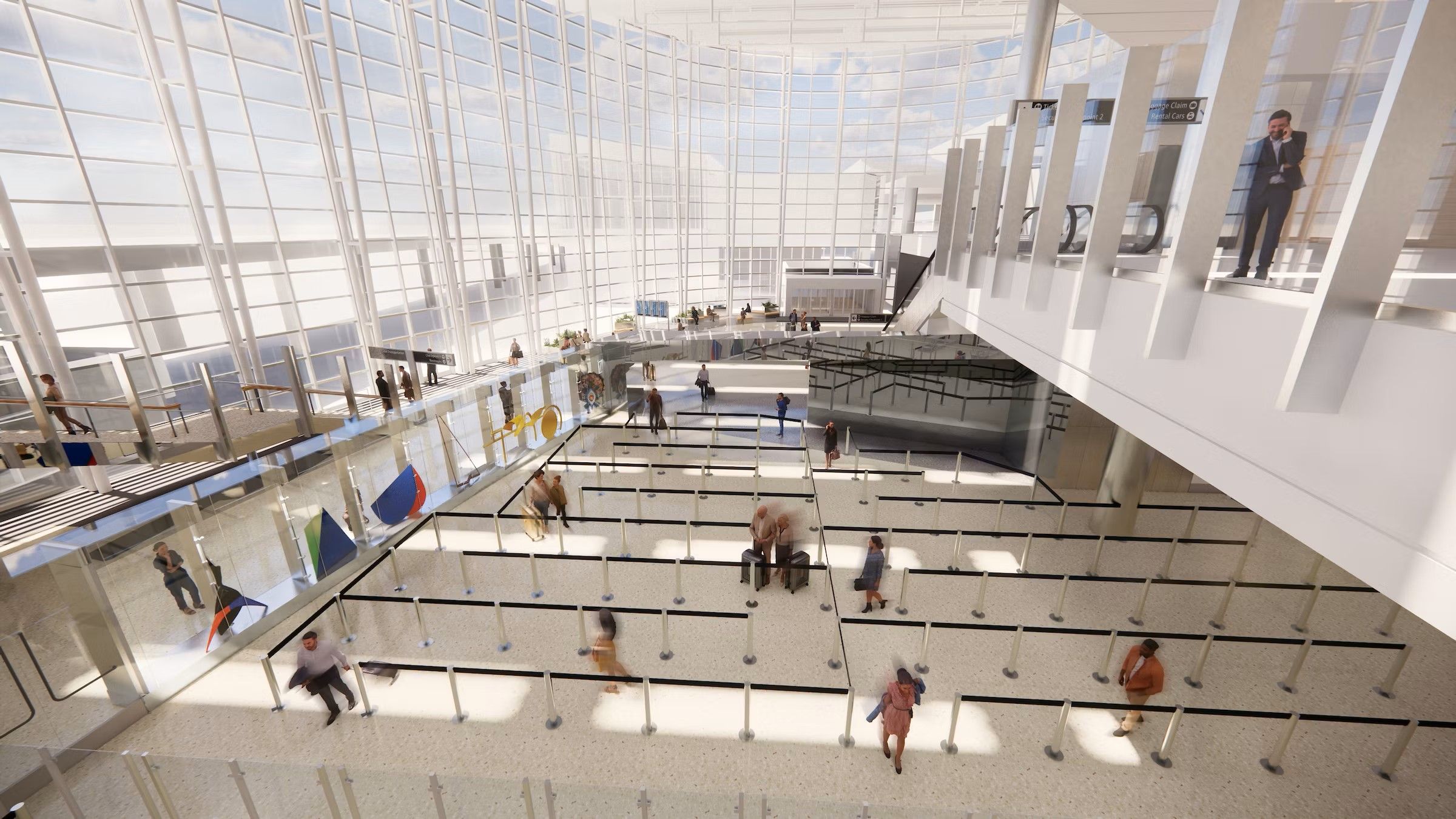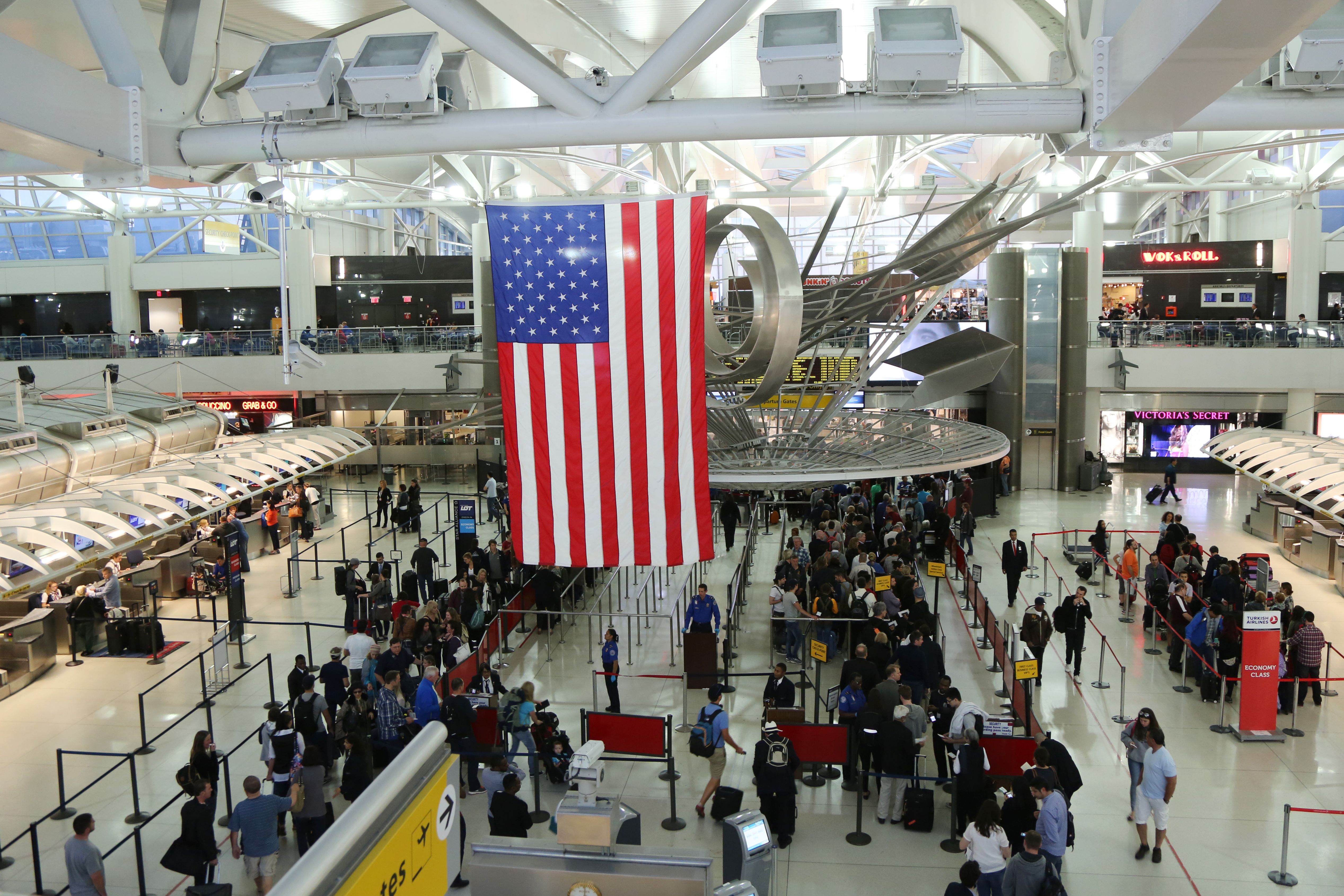Summary
- Some airports require connecting passengers to undergo a second security check, while others do not.
- Different government regulations and security standards explain why some airports have such a requirement.
- Security rules are inconsistent and may change by destination or point of origin, so planning ahead and giving yourself extra time when connecting is essential.
The practice of taking a connecting flight is nothing out of the ordinary to millions of passengers who have no choice but to fly through global hub airports each year. In fact, the process is so ubiquitous that airports that focus on connecting traffic have the process of efficiently switching from one plane to another down to a science.
Passengers may have noticed that some airports require connecting travelers to undergo an additional security check, while others are not subject to this regulation. In this article, we will take a deeper look at this question and conclude why some airports want you to pass through a security checkpoint again.
Different requirements
For those living or traveling through Europe, the most significant difference can be seen at London Heathrow (LHR) and Munich Airport (MUC). Once you get off a flight to the UK, you must complete another security screening despite only having traveled from a secure terminal and the aircraft itself.
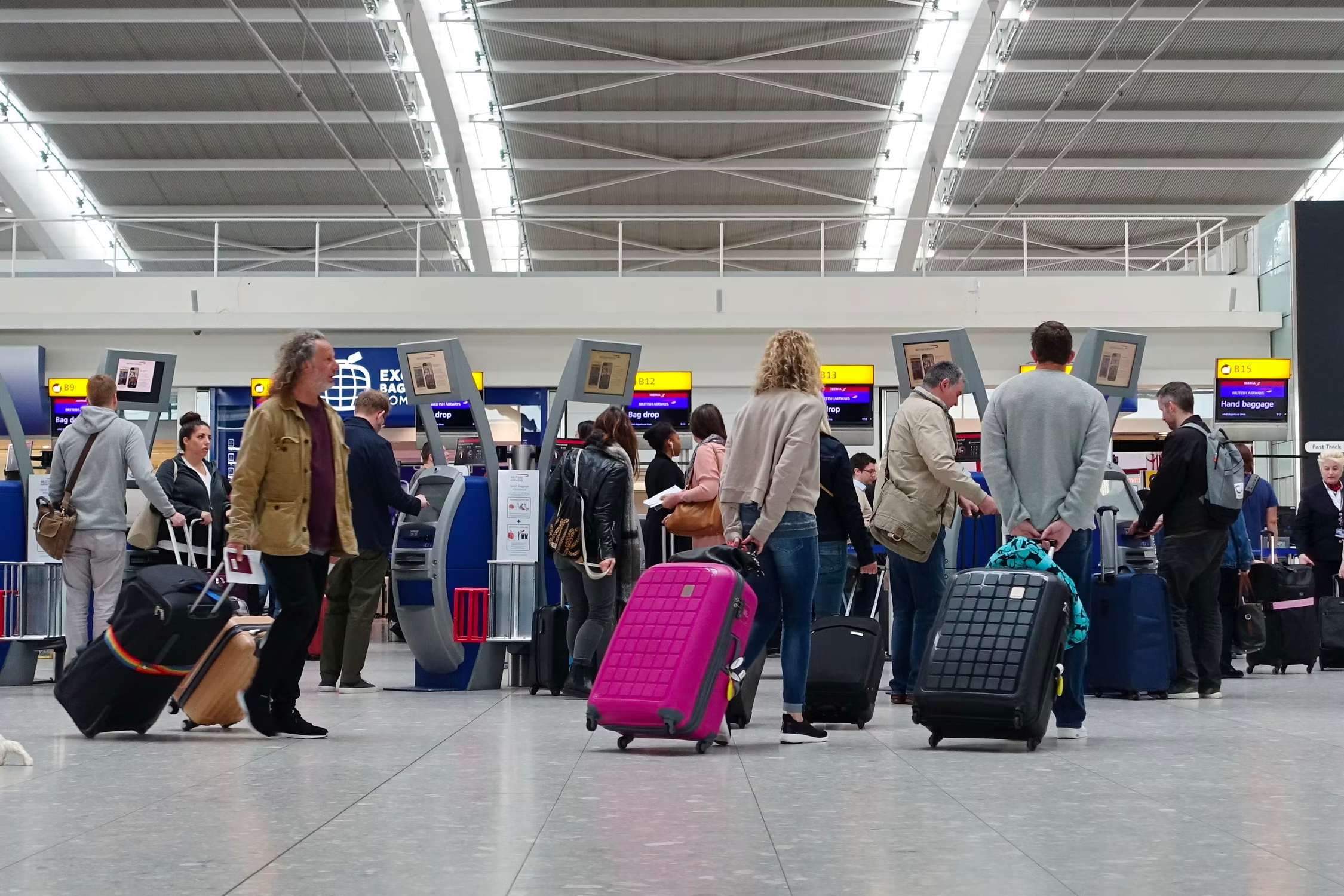
New Airport Scanner Could Make Taking Off Belts & Shoes A Thing Of The Past
The Sequestim security scanner promises to cut lengthy queues at airports.
However, it’s a different story in Munich or Oslo, where you can simply step off the first plane and walk to the next gate without any hassle. The reason for this lies in government policy.
Photo: Munich Airport
There are only a few such airports that are singled out. Many of the largest hubs, including Dubai (DXB), Hong Kong (HKG), and Tokyo Narita (NRT), all need a second security check for transit passengers. Munich, Amsterdam Schiphol, and others do not. As always, the aviation industry is controlled by government regulation of what is, in fact, an extremely complex industry. When there are bizarre obscurities in aviation operations or passenger experiences, government oversight is often to blame.
Matching security standards
Given the sensitive nature of airports, some countries require all passengers entering the country, even if they remain airside, to undergo screenings to their own standards. This ensures that all arriving passengers comply with local laws and removes any potential risks, however small.
Photo: Port of Seattle
The United States is well known for its advanced requirements for passengers flying to the country. For connecting flights, passengers must undergo a second screening to ensure they are not carrying liquids over 100 mL or anything else prohibited under local law. This means a secure area must be created only for passengers flying to the US.
Other countries are willing to rely on the security checks that occur at the origin airports instead. Since detailed security plans are exchanged when approving flights between any two airports, there is usually no high risk of things going amiss on one side of the trip.
This explains why, almost globally, connecting domestic flights have no security once airside. Munich, Oslo, and other select cities also extend this convenience to international services. You simply have to walk from one gate to the next.
Entire airlines rely on the process of swift domestic connections. If connecting passengers were required to undergo additional screening on domestic routings, airlines like Southwest that operate domestic connecting business models would not be in great shape.
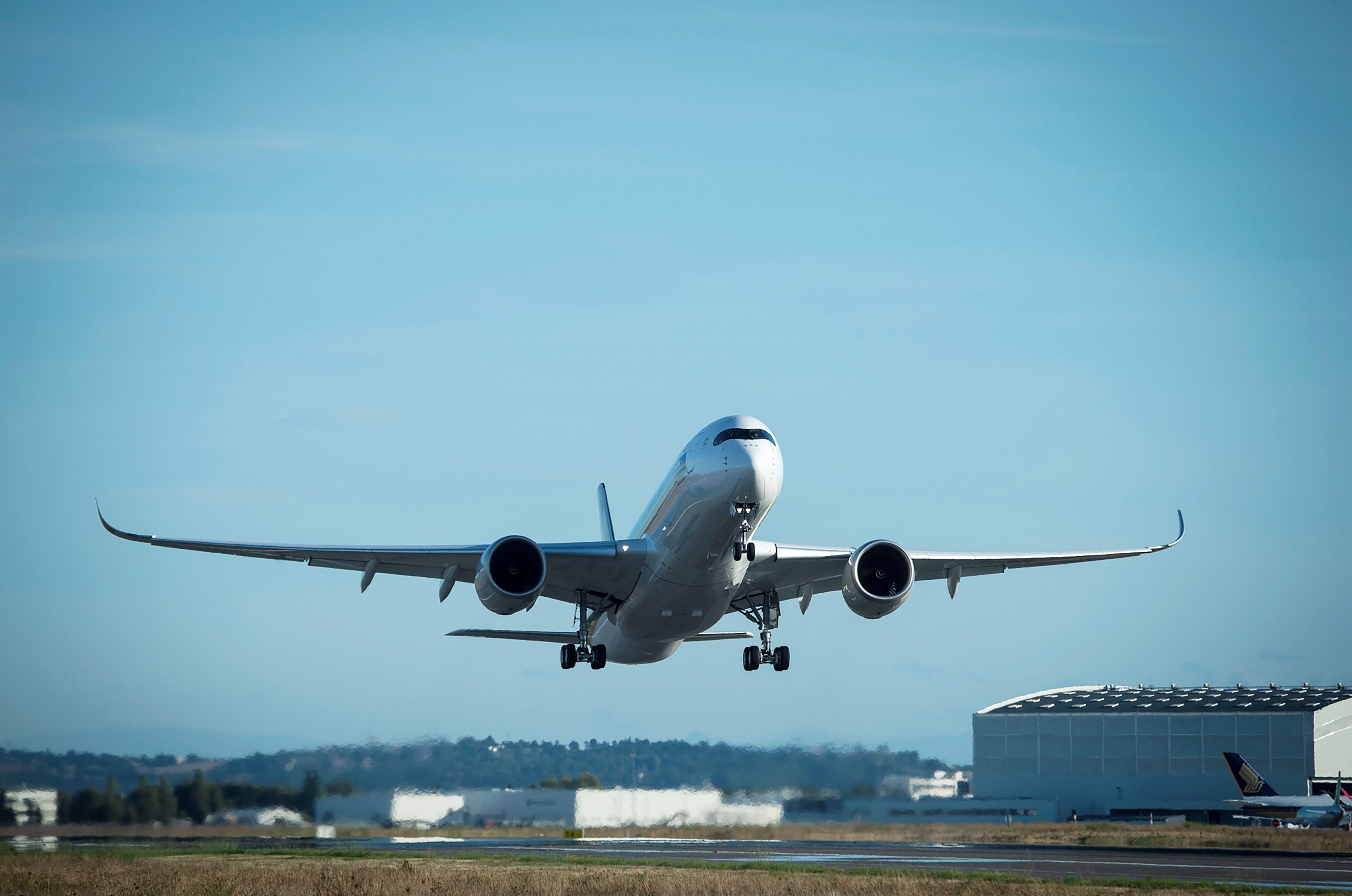
Non-Stop vs Connecting Flights: Which Itinerary Type Is Best For Long-Distance Journeys?
There are various pros and cons on each side.
Another nation where this increased level of security is required is Israel. Even under normal circumstances, passengers connecting to Israeli airports (primarily Tel Aviv’s Ben Gurion Airport (TLV)) will almost always be subject to additional screening.
Never consistent
It’s important to note that rules around security are never consistent and may change even by destination or point of origin. For example, sometimes connecting flights from small airports may require extra screening for those arriving from hub airports. Notably, this may even affect duty-free purchases since items bought in one country may not be allowed to be carried into the EU, for example.
Photo: Leonard Zhukovsky I Shutterstock
In order to avoid a nasty surprise while on a connecting international itinerary, plan ahead and artificially add extra time to layovers. Given the volatility of lines at airport security, it is never a bad idea to give yourself a few extra hours to ensure that all goes according to plan.
Have you ever had to undergo two screenings while flying? Let us know in the comments.

